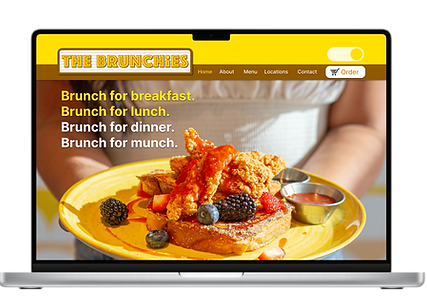JobSprint
Helping students move from school to work with confidence.
01. Project Objective
JobSprint is a digital tool that supports students as they enter the job world. It gives them tools to learn, grow, and connect with people in their future careers.



02. Research
Key Problems Identified
Research Methodology
-
Students often struggle to create strong resumes. They also find it tough to connect with others and prepare for interviews.
-
Many students feel confused about job expectations. This causes them to miss great opportunities.
-
They also don’t know where to look for support or how to find jobs that match their goals.
-
Quantitative Research: Online survey with students from various academic levels.
Key Findings

80%
80% of students attempted to find a job in their field.

76%
76% felt unprepared for the job market.

48%
To 48% networking was the most in-demand feature.

03. Ideation
Using what we learned from research, we quickly brainstormed ideas. We picked the best ones using a tool called the Impact-Effort Matrix. It helped us focus on ideas that were both useful and easy to make.
Prioritized Solutions
Job Preparation Support
Networking & Mentorship
Internship & Volunteer Opportunities
Interactive learning
04. Solution

We created JobSprint, a mobile app that helps students get ready for work. It teaches job skills, shares real job listings, and helps them connect with mentors and events. Everything is in one easy place.
Key features
-
Interactive videos, quizzes, and articles for skill development.
-
Curated job postings for internships and entry-level roles.
-
Networking event listings to encourage student-industry connections
-
Career tracking dashboard to help students monitor their progress
What Guided This Choice
Job platforms often feel cold and confusing. Students told us they didn’t just want listings—they needed support. That’s why we built a tool that teaches, guides, and connects. Each feature was chosen to make job prep feel less like pressure and more like progress.
05. Principles
Design Principles
-
Consistency - Maintaining the same UI patterns for a fluid user experience.
-
Accessibility - Make sure that the design follows WCAG guidelines.
-
Scalability - Designing a system that can grow and handle new features as needed.
Visual Representation
-
Icons and Color Codes to make navigation intuitive.
-
Simple and Clean Layout to enhance usability.
-
Clear Hierarchy to guide users efficiently.

06. Prototyping & Iteration
Version 1 - Initial Prototype
-
The header blended into the background, which made it hard to navigate.
-
The skills section also had low visibility, making it tough to scroll through.




Version 2 - Improved Prototype
-
Changed the header color to the brand’s signature orange, making it stand out more.
-
Improved the skills section so it was easier to see and interact with.

